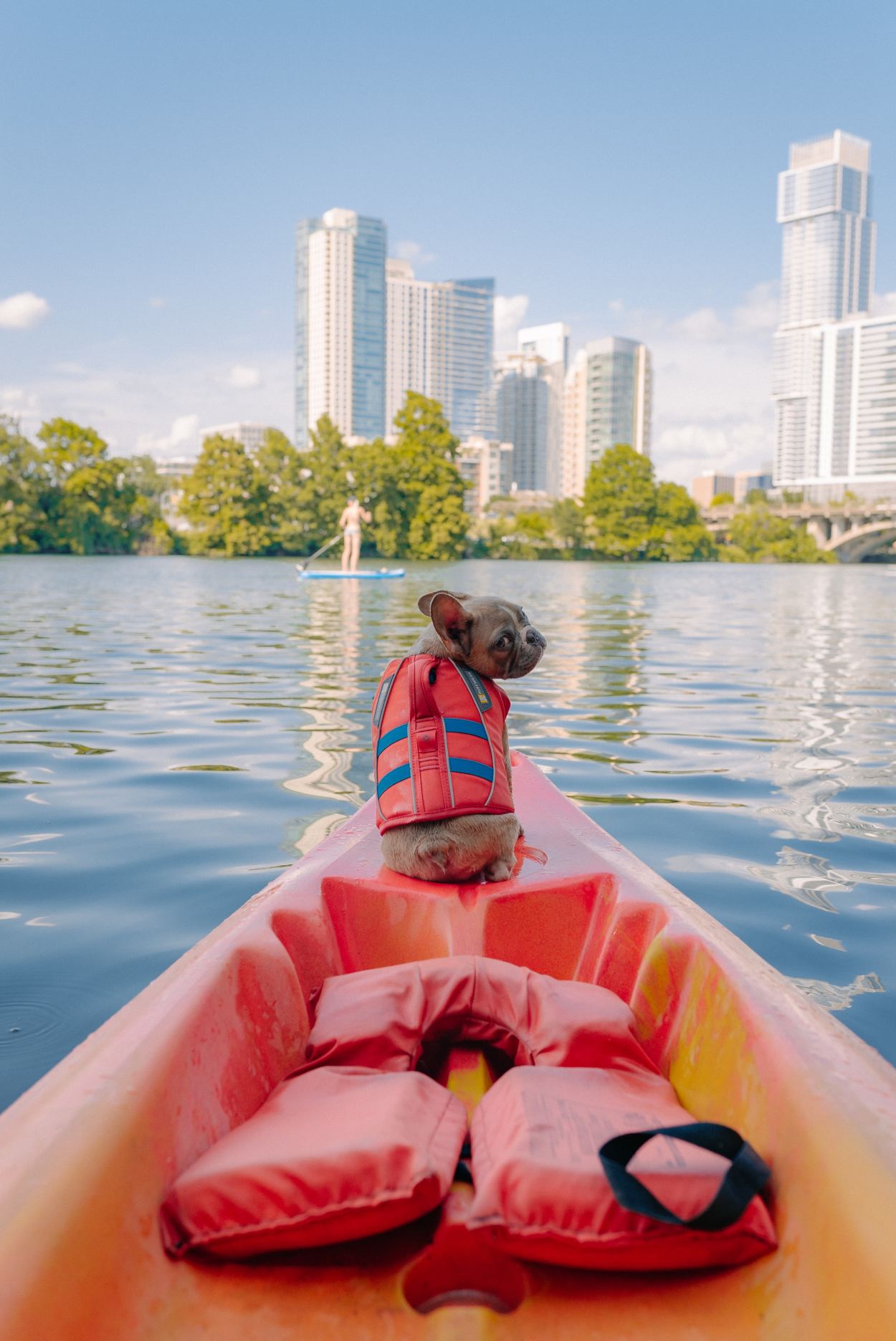Gear Guide for Canoe and Kayak Tripping: Equipment Basics
Justin
June 20, 2023
Embarking on a canoe or kayak trip is an exhilarating way to explore the great outdoors, immersing yourself in nature's beauty while gliding through serene waters. To ensure a successful and enjoyable trip, it's essential to have the right gear. In this beginner guide, we'll delve into the must-have equipment for canoe and kayak tripping, from watercraft selection to navigation tools and safety gear. This advice will help you make get started and help you achieve a memorable and safe waterborne adventure.

Choosing the Right Watercraft: Selecting the right watercraft is the foundation of a successful canoe or kayak trip. Consider factors such as the type of water you'll be paddling (calm lakes, rivers, or open sea), the number of paddlers, and the duration of your trip. Canoes are versatile and spacious, ideal for carrying heavy loads and accommodating multiple people, while kayaks offer maneuverability and speed. Depending on the type, both can be suited for different conditions ranging from coastal regions to lakes.

Paddles: Choosing the right paddle is essential for efficient and comfortable paddling. Consider the material, length, and blade shape when selecting a paddle. Lightweight materials like carbon fiber or fiberglass are popular choices due to their durability and reduced fatigue. Ensure that the paddle length is appropriate for your height and the width of your watercraft. Experiment with different blade shapes to find one that suits your paddling style and the type of water you'll be navigating. For a more detailed review of paddles, see our guide!

Personal Flotation Devices (PFDs): Safety should always be a priority when on the water. Wearing a properly fitted personal flotation device (PFD) is crucial. Choose a PFD designed specifically for paddling activities, ensuring it offers a comfortable fit, freedom of movement, and adequate buoyancy. Look for additional features like pockets for storing small items and reflective accents for enhanced visibility.
Navigation Tools: Navigating on the water requires reliable tools to ensure you stay on course. Carry a waterproof map of the area you'll be exploring and familiarize yourself with its features and symbols. A compass is a crucial tool for orienting yourself and determining your heading. Consider investing in a marine GPS device or a smartphone app with offline navigation capabilities for added precision and convenience. Familiarize yourself with using these tools before your trip to ensure you can navigate effectively.
Dry Bags and Storage Solutions: Protecting your gear from water is paramount on canoe and kayak trips. Utilize dry bags or waterproof containers to keep your belongings dry and secure. Pack your gear in separate dry bags, organized by category, to facilitate easy access and efficient packing. Utilize the compartments and storage space within your watercraft to distribute weight evenly and maintain balance.

Safety and Emergency Gear: Besides PFDs, there are several other safety items you should have on hand. A sturdy helmet is essential for whitewater or more challenging river trips, protecting your head from potential hazards. Carry a whistle or signaling device to attract attention in emergencies. A throw bag with a floating line can aid in swift water rescues. Additionally, a well-stocked first aid kit with essential supplies should always be easily accessible. A bilge pump is also be a great addition to your safety arsenal in case the canoe starts to take on water or a large wave crashes over the side.
Camping and Cooking Equipment: If you plan to camp during your canoe or kayak trip, ensure you have the necessary equipment. This includes a lightweight and compact tent, sleeping bags suitable for the expected weather conditions, and sleeping pads for added comfort. Cooking gear should be lightweight and durable, including a portable stove, cookware, utensils, and food storage containers. You may opt for freeze-dried meals or lightweight ingredients to minimize weight and waste, but to be honest, one of the great things about camping with a boat (especially a canoe) is that you are far less constricted by what you can carry. For the most part however, a lot of gear you may bring backpacking would work great on a boat excursion.
Clothing and Footwear: Choosing appropriate clothing and footwear ensures comfort and protection during canoeing trips. Dress in layers, using moisture-wicking and quick-drying materials such as synthetic or merino wool. This helps regulate your body temperature, keeping you warm even if you get wet. Pack a waterproof jacket and pants to shield against rain or splashes. Wear a wide-brimmed hat and sunglasses to protect against sunburn and glare. Opt for sturdy water shoes or sandals with good grip to navigate slippery surfaces and for comfortable portaging.
Having the right gear is vital for a successful and enjoyable canoe or kayak trip. By carefully selecting watercraft, paddles, safety equipment, navigation tools, and camping gear, you can embark on your adventure with confidence. Remember to prioritize safety, practice responsible outdoor ethics, and immerse yourself in the awe-inspiring beauty of nature as you paddle through pristine waters and discover hidden treasures along the way. Happy paddling!